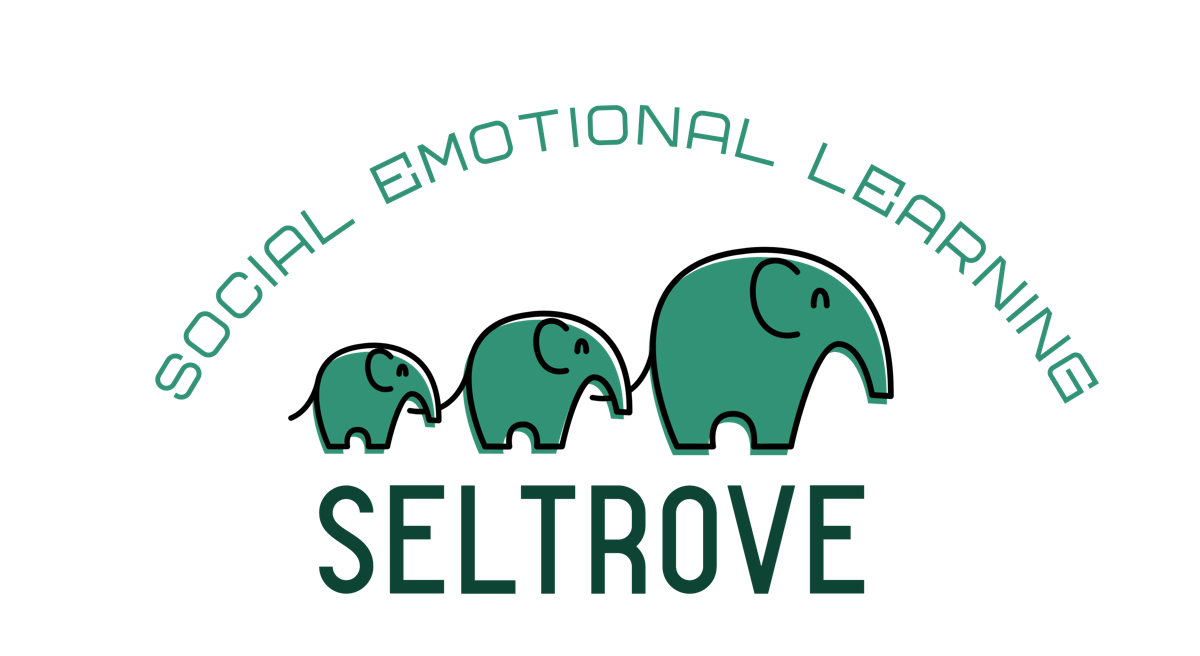
How to Teach Decision-Making to Students
Decision-making is a critical life skill that empowers students to analyze situations, weigh options, and make thoughtful choices. Teaching decision-making in classrooms helps students develop problem-solving abilities, build confidence, and navigate personal and academic challenges effectively.
This guide explores effective strategies, benefits, examples, and case studies to help educators integrate decision-making skills into their teaching.
Key Strategies for Teaching Decision-Making
1. Introduce the Decision-Making Process
Students should understand the structured approach to making informed choices. Teach the five-step decision-making model:
Identify the problem.
Gather relevant information.
Consider possible solutions.
Weigh the consequences of each option.
Make a decision and evaluate its outcome.
2. Use Real-Life Scenarios
Providing students with realistic decision-making situations helps them practice their skills in a meaningful way.
✅ Example: Present dilemmas such as choosing between extracurricular activities or resolving a classroom conflict. Encourage students to think through their choices and discuss the outcomes.
3. Encourage Critical Thinking and Reflection
Encouraging students to analyze situations critically enhances their ability to make sound decisions.
🧠 Activity: Give students case studies where they must consider multiple perspectives before making a choice.
✍ Reflection Journal: Have students write about past decisions, what they learned, and how they could improve in the future.
4. Teach Risk Assessment and Consequences
Help students understand that every choice has consequences—both positive and negative.
🔍 Activity: Create a "Pros & Cons" chart where students evaluate different options before making a decision.
🎭 Role-Playing Exercise: Assign students different roles in a scenario and have them discuss potential outcomes from various viewpoints.
5. Promote Collaborative Decision-Making
Decision-making is often a team effort. Teaching students how to make group decisions encourages cooperation and communication.
👥 Group Activity: Assign a classroom project where students must decide together on their approach, dividing tasks and responsibilities based on their choices.
🎯 Class Debates: Have students defend different options on an ethical or social issue, helping them learn how to respect and understand opposing views.
Benefits of Teaching Decision-Making Skills
1. Enhances Problem-Solving Abilities
Helps students break complex issues into manageable parts.
Encourages creative and logical thinking.
2. Boosts Confidence and Independence
Empowers students to trust their judgment.
Encourages responsibility for their choices and actions.
3. Reduces Impulsive Decisions and Peer Pressure Influence
Helps students resist making rash choices.
Equips them with strategies to navigate peer pressure and make informed decisions.
4. Prepares Students for Future Success
Decision-making is a key skill in personal life, academics, and careers.
Helps students adapt to unexpected challenges with critical thinking.
Examples of Decision-Making Activities
1. The Decision-Making Wheel
Students create a wheel with different options for solving a problem and spin it to explore different choices before finalizing a decision.
2. "What Would You Do?" Discussion
Present students with ethical dilemmas and have them discuss potential solutions in small groups.
3. Budgeting and Financial Planning Exercise
Students are given a set amount of money to budget for a project or event, teaching them prioritization and long-term thinking.
4. Career Pathway Exploration
Students research different career choices, listing the education and skills required, potential salary, and personal interests to make an informed decision about future career options.
Case Studies: Decision-Making in Action
Case Study 1: Middle School Conflict Resolution Program
A middle school integrated a decision-making module into its conflict resolution curriculum. After one year, disciplinary incidents dropped by 30%, and students reported feeling more confident in handling peer conflicts.
Case Study 2: High School Leadership Program
A leadership workshop for high school students focused on decision-making skills in group settings. 85% of participants showed improvement in teamwork and leadership abilities.
Case Study 3: Elementary School "Choices Matter" Initiative
An elementary school introduced daily decision-making activities in morning meetings. Teachers observed a significant increase in students' ability to think through their actions and work independently.
Conclusion
Teaching decision-making to students is essential for their personal growth and future success. By incorporating structured decision-making models, real-life scenarios, and group activities, educators can equip students with the skills needed to make thoughtful, responsible choices.
📌 Next Steps:
✅ Implement one decision-making activity per week in your classroom.
✅ Encourage students to reflect on past decisions and discuss alternative choices.
✅ Use case studies and real-world scenarios to reinforce decision-making strategies.
💡 Looking for more SEL teaching resources? Subscribe to our newsletter for expert strategies and tools!
Featured links
-
SEL Print Workbooks
-
SEL Lightspeed Schoolwide
-
SEL K-12 Free Sample Guide
-
District Solutions
-
About us
Teacher Resources
Get in touch
-
516 North Ogden Ave, Suite 111 Chicago, IL 60642
-
andy@seltrove.com
-
312-224-2536